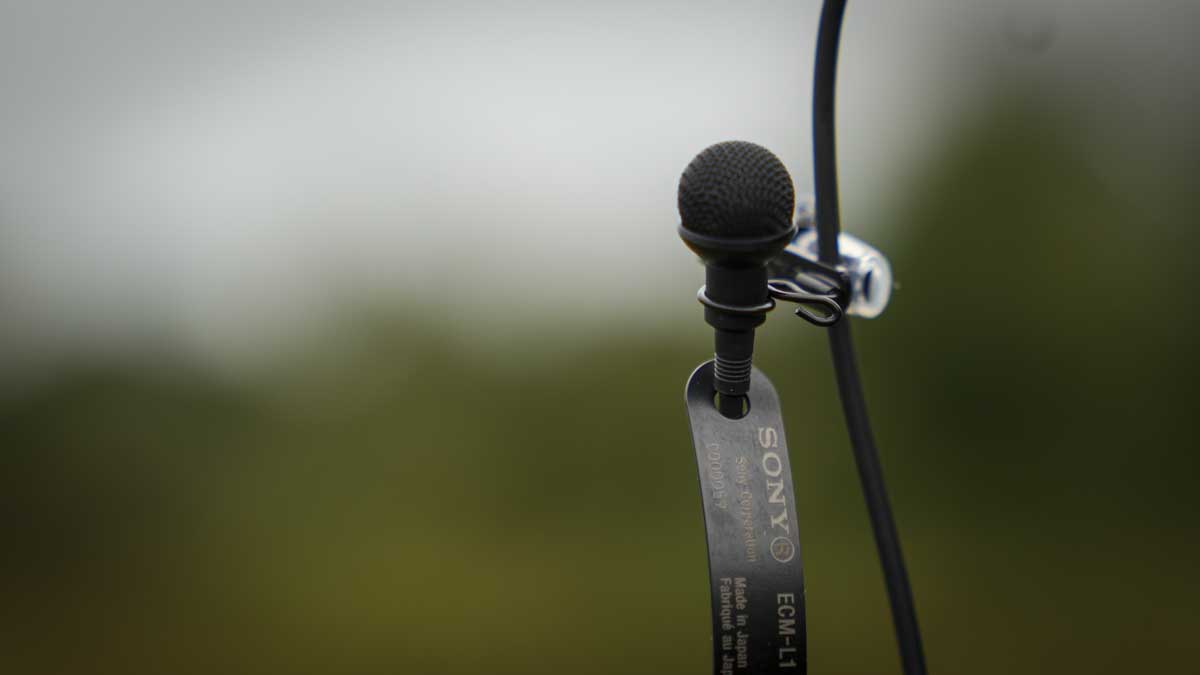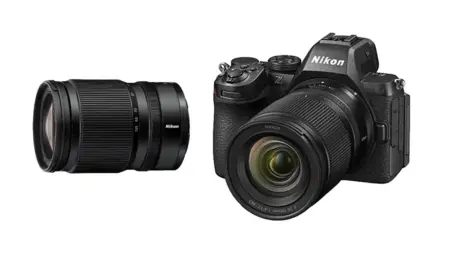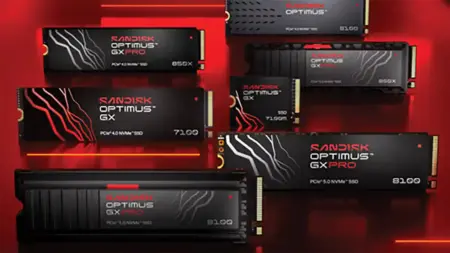The Sony ECM-L1 is an impressive lavalier microphone that blends quality and versatility, making it an appealing option for both enthusiast and professional videographers. While it’s not the cheapest lavalier mic on the market, it strikes a balance between affordability and performance, particularly for those looking to elevate their audio quality without investing in more expensive, broadcast-level equipment.
One of the standout features of the ECM-L1 is its compatibility with a wide range of wireless systems, from Sony’s own UWP series to popular options like the Rode and DJI wireless transmitters. This makes the ECM-L1 incredibly versatile, able to slot into various setups without the need for proprietary accessories or additional investments. If you’re a content creator already using one of these wireless systems, the ECM-L1 could be the perfect companion, providing you with the option to capture superior sound quality seamlessly.
For professionals, the ECM-L1 offers sound quality inherited from Sony’s broadcast-level ECM-77, but at a more accessible price. The microphone’s brass housing and oxygen-free copper (OFC) cable provide durability and a professional feel, while ensuring excellent audio performance. This is an ideal choice for those working in fast-paced environments where reliability and high sound fidelity are essential.
Although designed for enthusiasts, it’s worth noting that the ECM-L1’s price may still be a barrier for casual users or hobbyists. For those who only occasionally create videos or are looking for a simple, budget-friendly microphone, there are cheaper alternatives available. However, for content creators who are producing videos regularly—whether for social media, YouTube, or professional projects—this microphone will offer a significant upgrade over more basic options, especially in terms of clarity and richness of audio.
In terms of build quality, while not as premium as Sony’s top-tier models like the ECM-L77, the ECM-L1 still feels robust and capable of withstanding regular use. The machined brass capsule, along with the locking ring for secure attachment, ensures that this microphone can handle both fieldwork and studio environments, making it a dependable choice for creators who need a microphone that can travel with them.
Where the ECM-L1 really shines is in its ability to enhance video production without complicating the workflow. Plug it in, and it simply works—whether you’re connecting directly to the camera or pairing it with a wireless transmitter. This simplicity, combined with its professional-grade audio performance, makes the ECM-L1 an essential tool for creators who want to focus on content without worrying about the technicalities of sound equipment.

Overall, while it may not be necessary for every video creator, the Sony ECM-L1 offers a compelling solution for those who prioritize audio quality and need a reliable, high-performance lavalier microphone. It makes capturing high-quality sound easier, streamlines setups for wireless use, and integrates seamlessly into existing systems. For anyone serious about video production—whether an experienced enthusiast or a professional—the ECM-L1 represents an investment in better sound and a more polished final product.







